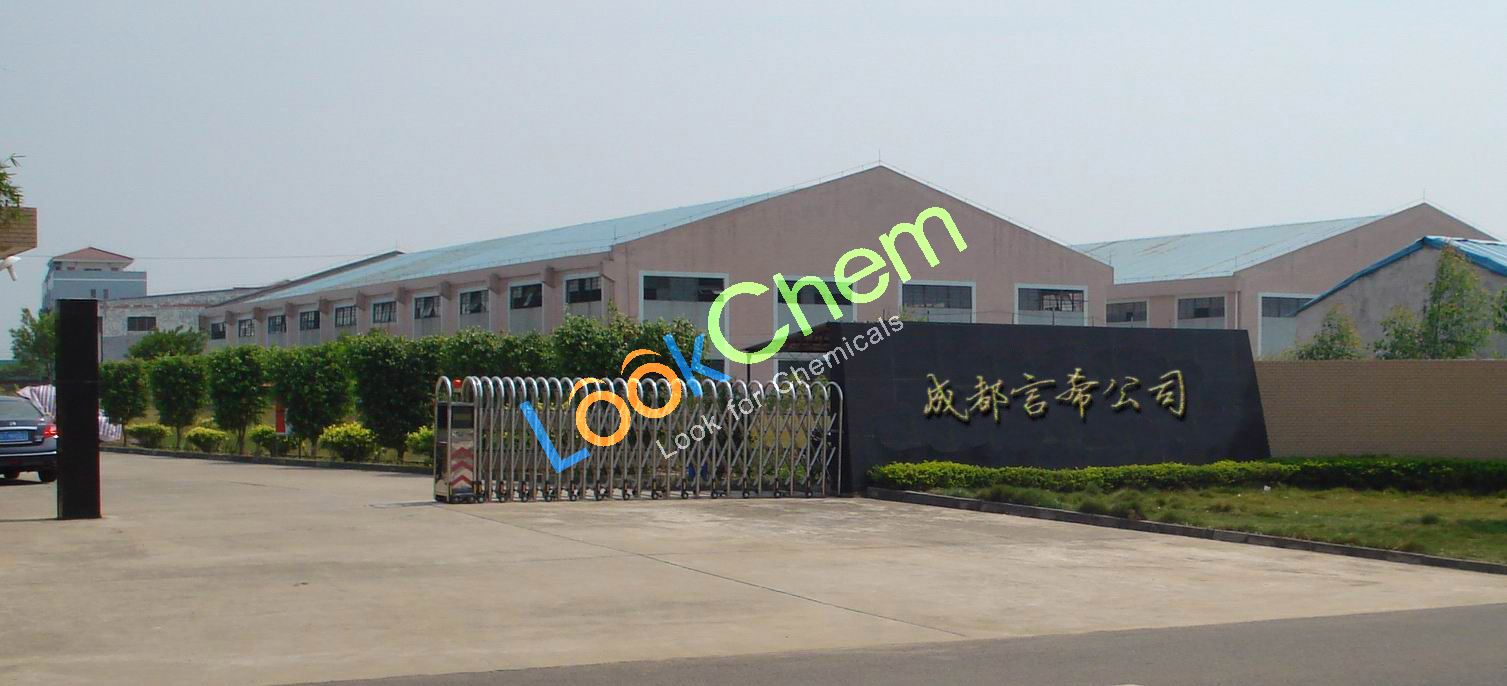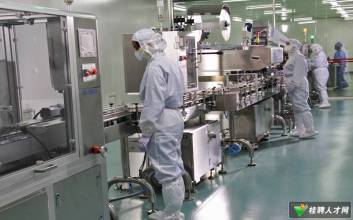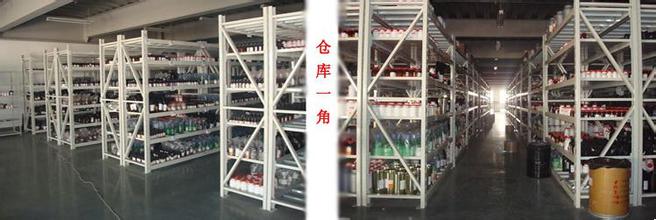- Min.Order :1000 Gram
- Purity: 99.5(%)
- Payment Terms : L/C,T/T,
Keywords
glutathione Copren; Deltathione; Tathion; Glutinal; Isethion; Glutathione reduced; L-Glutathione Reduced; Reduced glutathione; L-Glutathione; (2S)-2-amino 70-18-8
Quick Details
- Appearance:appearance White powder
- Application:Widely used in cosmetics, medicine, beauty health food and other industries
- PackAge:1000 g/aluminum foil bag
- ProductionCapacity:10|Metric Ton|Month
- Storage:Dry and ventilated
- Transportation:shipping
Superiority:
chengdu and import and export trade co., LTD., who registered capital of 10 million yuan, nearly to $2 million, we have a pharmaceutical raw materials factory production of pharmaceutical raw materials, and a reagent r&d center, and we do research and development production of reagent tens of thousands of species. our aim is quality strives for the survival. Seek development by credit reputation. Our products have big price advantage in Europe South America and so on .and Our company also has the advantage of high quality in Africa. in the past two years our products has reached more than 30 countries in the world, Europe. South America. North America, southeast Asia, Africa, etc. We welcome all over the world with the best quality and lowest price friend common cooperation and common development!The quality of our products meet all international standards, the German advanced equipment are imported equipment two laboratories, individual, on scale management concept, our aim is;With the highest quality. The lowest price. The best service to meet the new and old customers around the world, develop together for a better future!
Details:
Keywords
It has a vital function in iron metabolism. Yeast cells depleted of or containing toxic levels of GSH show an intense iron starvation-like response and impairment of the activity of extramitochondrial ISC enzymes, followed by death. 




You Might Also Like
Related Searches
About|Contact|Cas|Product Name|Molecular|Country|Encyclopedia
Message|New Cas|MSDS|Service|Advertisement|CAS DataBase|Article Data|Manufacturers | Chemical Catalog
©2008 LookChem.com,License: ICP
NO.:Zhejiang16009103
complaints:service@lookchem.com Desktop View